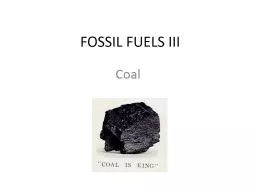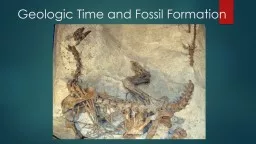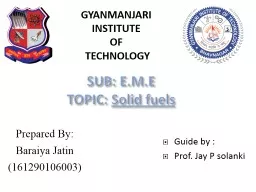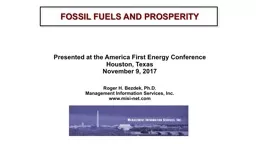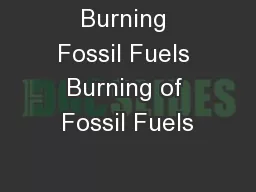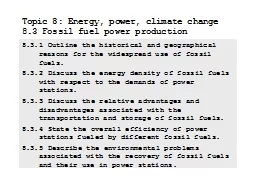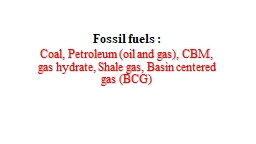PPT-FOSSIL FUELS III Coal Formed from ancient plants.
Author : celsa-spraggs | Published Date : 2018-03-21
Coal beds were prehistoric swamps Can be considered to be stored solar energy Photosynthesis CO 2 H 2 0 solar energy carbohydrates O 2 We can also run the process
Presentation Embed Code
Download Presentation
Download Presentation The PPT/PDF document "FOSSIL FUELS III Coal Formed from anci..." is the property of its rightful owner. Permission is granted to download and print the materials on this website for personal, non-commercial use only, and to display it on your personal computer provided you do not modify the materials and that you retain all copyright notices contained in the materials. By downloading content from our website, you accept the terms of this agreement.
FOSSIL FUELS III Coal Formed from ancient plants.: Transcript
Download Rules Of Document
"FOSSIL FUELS III Coal Formed from ancient plants."The content belongs to its owner. You may download and print it for personal use, without modification, and keep all copyright notices. By downloading, you agree to these terms.
Related Documents

